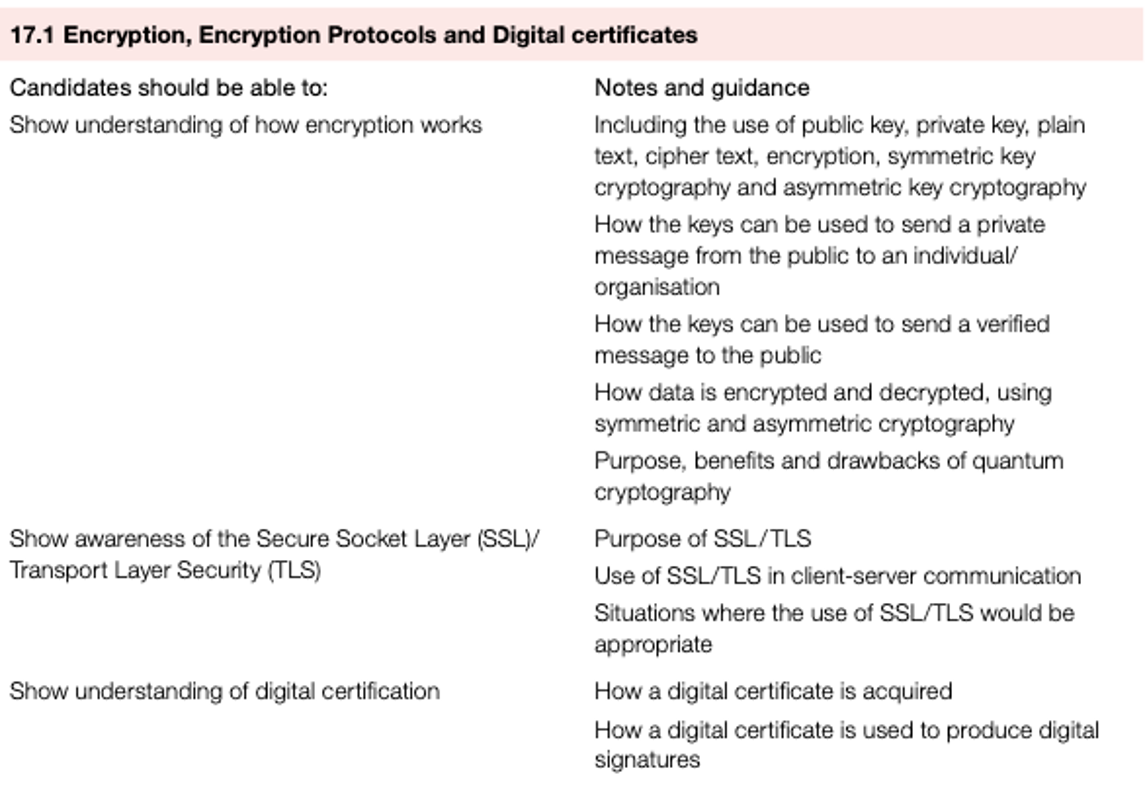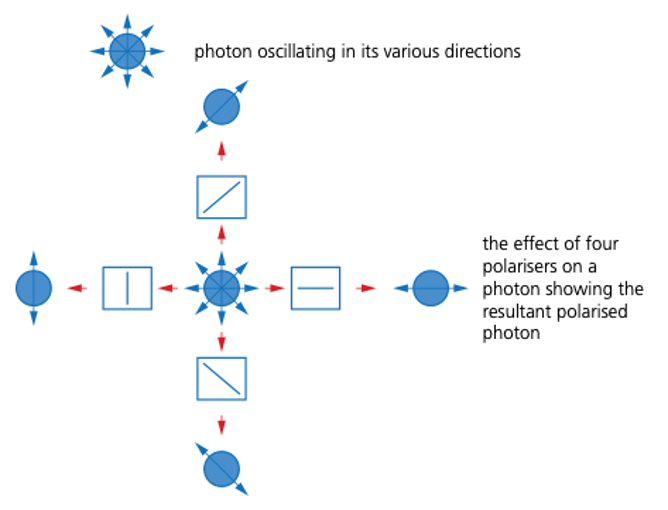Quantum cryptography

Introduction
- Quantum cryptography utilises the physics of photons (light energy according to the formula E = hf) and their physical quantum properties to produce a virtually unbreakable encryption system.
- This helps protect the security of data being transmitted over fibre optic cables.
- Photons oscillate in various directions and produce a sequence of random bits (0s and 1s) across the optical network.
- Sending encryption keys across a network uses quantum cryptography – a quantum key distribution (QKD) protocol (one of the most common is BB84).
Quantum key distribution (QKD)
- QKD uses quantum mechanics to facilitate the secure transmission of encryption keys.
- Quantum mechanics use a qubit (quantum bit) as the basic unit of quantum data.
- Unlike normal binary (which uses discrete 0s and 1s), the state of a qubit can be 0 or 1, but it can also be both 0 and 1 simultaneously.
- This shows a representation of a photon and how a photon can be affected by one of four types of polarising filter.

Drawbacks
- Despite the advantages of quantum cryptography, there are some potential drawbacks:
- It requires a dedicated line and specialist hardware, which can be expensive to implement initially.
- It still has a limited range (at the time of writing the limit is about 250km).
- It is possible for the polarisation of the light to be altered (due to various conditions) while travelling down fibre optic cables.
- Due to the inherent security system generated by quantuin cryptography, terrorists and other criminals can use the technology to hide their activities from government law enforcers.